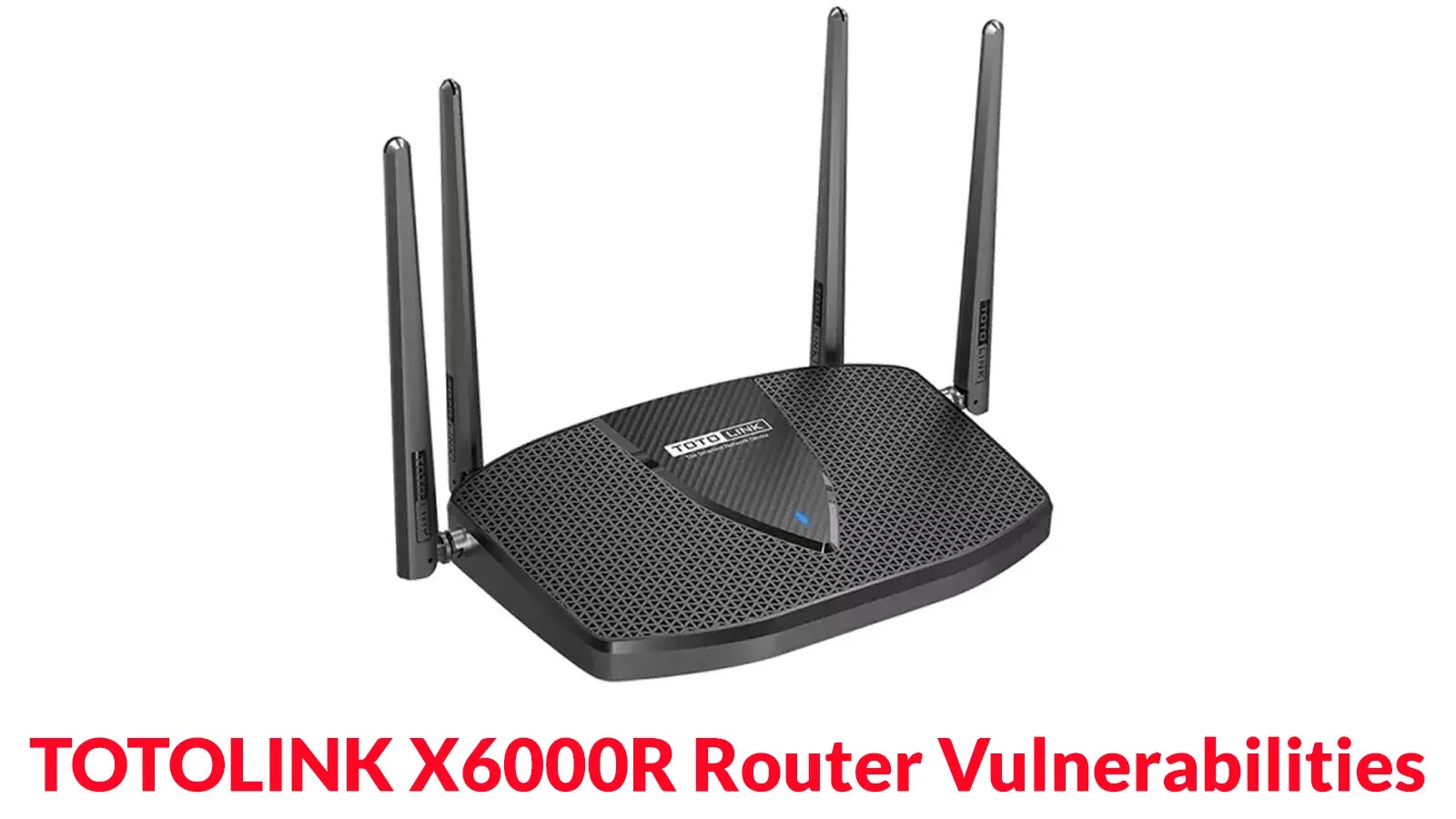Recent security analyses have uncovered significant vulnerabilities in the TOTOLINK X6000R wireless router, posing severe risks to users by allowing remote attackers to execute arbitrary commands and gain unauthorized system access. These flaws, primarily located within the router’s web management interface, stem from inadequate input validation and insufficient security controls, creating multiple avenues for exploitation.
Overview of the Vulnerabilities
The TOTOLINK X6000R, designed for high-performance wireless connectivity in home and small business settings, has been identified as susceptible to several critical security issues:
1. Command Injection in CGI Interface: Attackers can exploit this flaw by sending specially crafted HTTP POST requests to the router’s web management interface. Due to improper sanitization of user inputs, these requests can execute arbitrary system commands with root privileges.
2. Authentication Bypass: This vulnerability allows unauthorized access to the router’s administrative panel without requiring valid credentials. By directly accessing specific URLs, attackers can manipulate router settings and configurations.
3. Parameter Injection: Malicious actors can inject harmful parameters into the router’s configuration modules through HTTP requests. This can lead to the execution of unintended system commands, compromising the device’s integrity.
4. Shell Metacharacter Injection: By embedding shell metacharacters into input parameters, attackers can escalate privileges and execute commands with root access, leading to full system control.
Technical Details and Attack Mechanism
The core issue lies in the router’s CGI scripts, which handle device management and configuration tasks. These scripts fail to properly validate and sanitize user inputs, allowing attackers to craft HTTP POST requests with embedded malicious payloads.
For instance, an attacker might send a request containing shell command separators like semicolons or backticks within configuration parameters. The router processes these inputs without adequate checks, leading to the execution of unintended commands.
This exploitation method enables attackers to:
– Modify Router Configurations: Alter settings to disrupt network operations or create vulnerabilities.
– Extract Sensitive Information: Access confidential data stored on the device.
– Establish Persistent Backdoors: Maintain unauthorized access for prolonged periods.
– Pivot to Other Network Devices: Use the compromised router as a gateway to infiltrate other connected systems.
Discovery and Disclosure
Security researchers from Palo Alto Networks identified these vulnerabilities during routine threat assessments and firmware analyses. Their findings highlight a broader issue within consumer networking equipment, where lapses in secure coding practices and input validation persist, exposing users to significant risks.
Mitigation Measures
To protect against potential exploitation, users are advised to:
1. Update Firmware: Regularly check for and install firmware updates from TOTOLINK to patch known vulnerabilities.
2. Disable Remote Management: Turn off remote access features to reduce exposure to external threats.
3. Implement Strong Credentials: Use complex, unique passwords for administrative access to prevent unauthorized logins.
4. Monitor Network Activity: Regularly review network logs for unusual or unauthorized activities.
5. Isolate Critical Devices: Segment the network to limit the potential impact of a compromised router on other connected devices.
Conclusion
The discovery of these critical vulnerabilities in the TOTOLINK X6000R router underscores the importance of robust security practices in network devices. Users must remain vigilant, ensuring their equipment is updated and configured securely to mitigate the risks associated with such flaws. Manufacturers, in turn, should prioritize secure coding practices and thorough input validation to prevent similar issues in future products.



